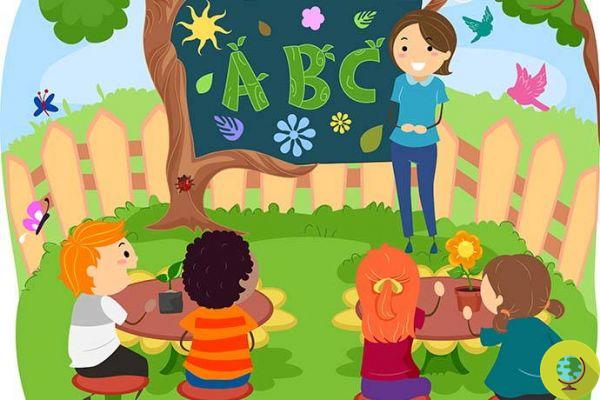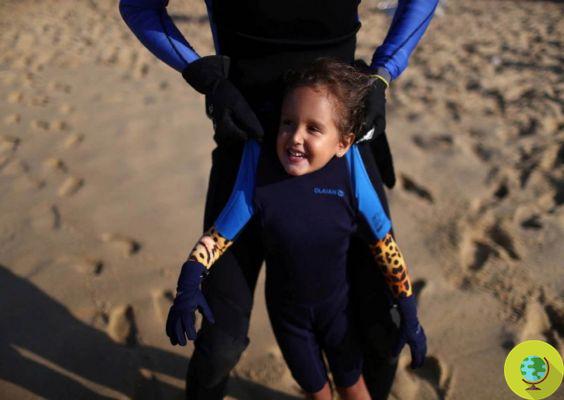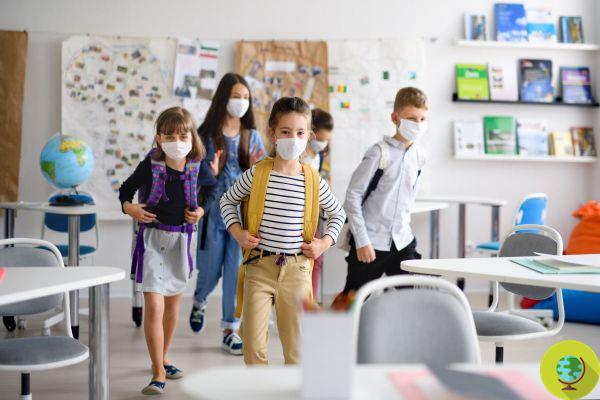
The classic school concept sees learning as something that children experience mainly inside classrooms and stationary at their desks. Now a new study emphasizes the importance of outdoor lessons in the midst of nature.
The classic concept of school sees thelearning as something that children mainly experience inside classrooms and stationary at their desks. Now a new study emphasizes the importance of outdoor lessons in the wild.
Teachers are generally reluctant to take their students out for more experimental lessons in contact with nature. The fear is often that children are more nervous, concentration levels are lowered and possible distractions increase.
A study, conducted by a team at the University of Illinois and published in the journal Frontiers in Psychology, found the exact opposite: teaching outdoors promotes learning thanks to the fact that teachers are able to maintain attention. of their pupils for almost twice as long as an indoor lesson.
The researchers, led by Ming Kuo, came to say this following a study conducted in a school in the Midwest (United States) over a period of 10 weeks. Two third-grade classrooms attended, one with a teacher enthusiastic about outdoor learning and the other with a teacher who was skeptical about it. Each teacher taught one lesson per week outdoors before returning to normal classroom lessons. The outdoor classroom was located in a wooded area just outside the school.
After the outdoor class, engagement was assessed in four ways:
- the teacher's perception of the students' level of commitment
- students' assessments of themselves and their peers
- the number of reminders from teachers to get the attention of the children
- photographic evaluations carried out by an independent observer
The researchers found that, over the period of time following an outdoor class, the children were much more able to concentrate and significantly more engaged in their schoolwork. There would therefore be a sort of "nature effect" that allowed teachers to perform their lesson better than they were able to do in an indoor classroom.
The concentration of the students benefited to such an extent that, in the case of classroom lessons, the teacher had to call the attention of their students every 3,5 minutes while during the outdoor lessons only every 6,5 minutes .
It should be noted that all the lessons were carefully matched: same topic, teaching style, week of the semester, even time of day, so that the advantage of nature-based lessons could not be attributed to any of these factors.
The results thus demonstrate once again how children can learn better in contact with nature and by spending more time outdoors. It is probably in response to studies like this one, which testify to the potential benefits of an education that also includes lessons in the open air, that many European countries are encouraging spaces for learning in nature within their school pathways.
Here are some experiences where students already have the opportunity to learn in nature:
- What every child's childhood should be like: education in Scandinavian nature (VIDEO)
- A classroom in the woods: nature is the teacher of children (PHOTO and INTERVIEW)
- In Finland the best school in the world, where children learn about nature and freedom (PHOTO)

























